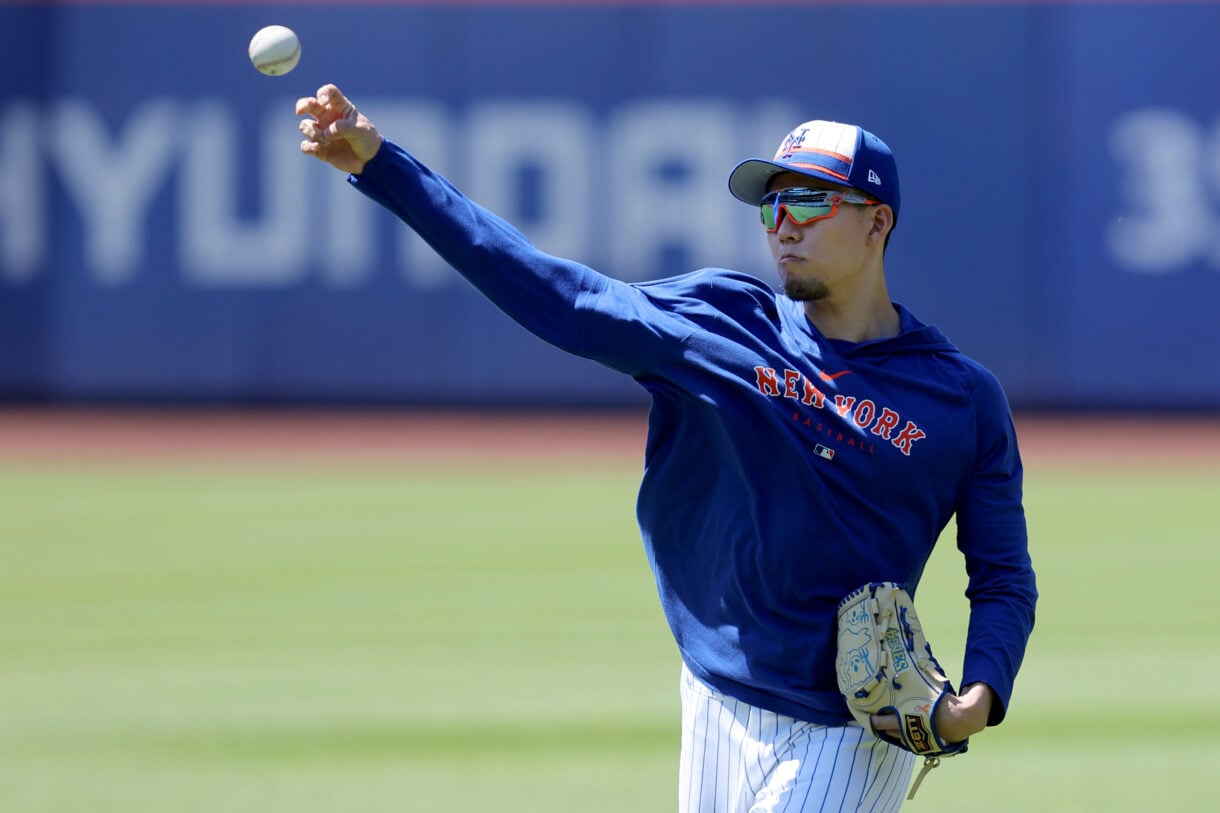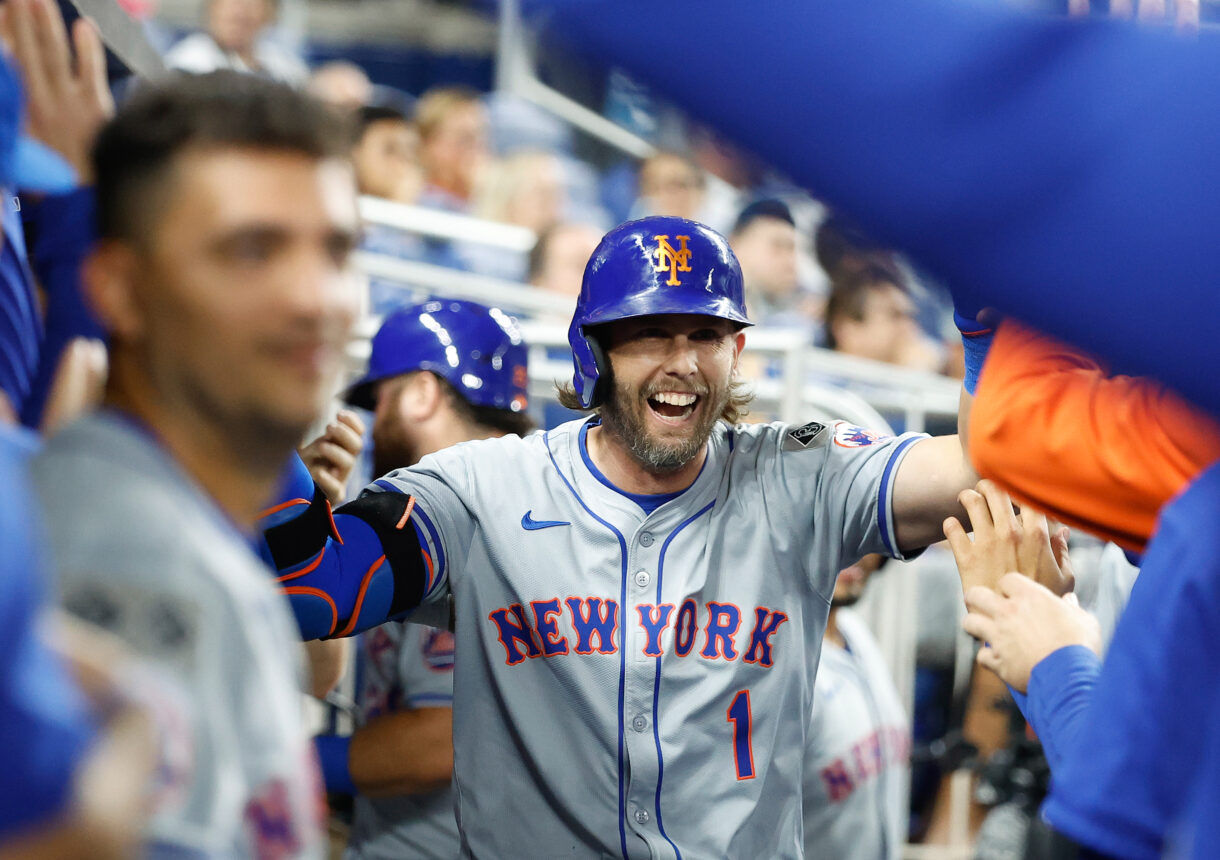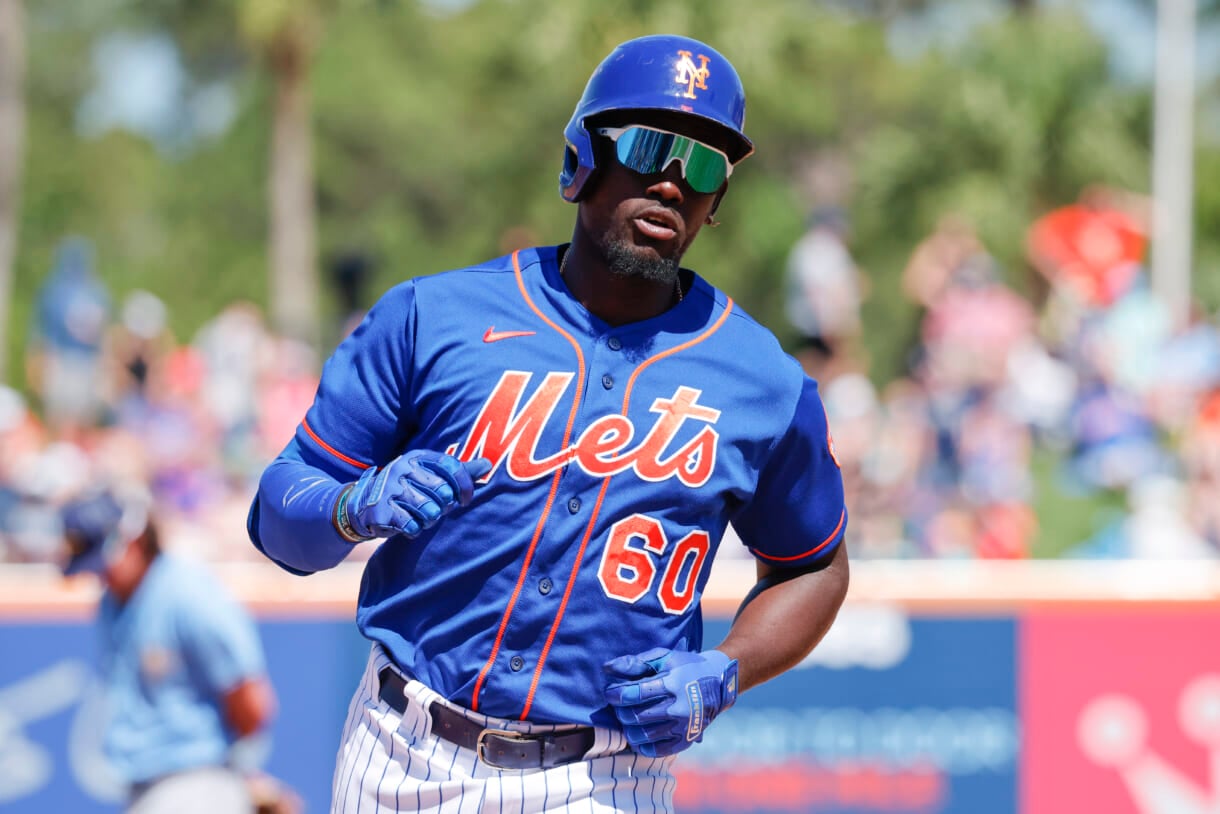
The New York Mets didn’t just fall short in 2025 — they stumbled. An 83-79 finish left them staring at another October from the couch while other teams battled for glory. What stings most is how promising things once looked. In early June, they were leading the division and seemed destined for a playoff run. Then the bottom fell out.
Now, while the Toronto Blue Jays and Los Angeles Dodgers gear up for the World Series, the Mets are left to pick up the pieces. A return to contention in 2026 won’t come easy. It’ll take shrewd maneuvering, difficult goodbyes, and perhaps a few bold trades that reshape the roster entirely.
Jeff McNeil: The Versatile Veteran Who Could Be Dealt
Jeff McNeil has long been the kind of player every manager loves — reliable, adaptable, and quietly productive. In 2025, he posted a solid 111 wRC+ and a 2.1 fWAR while even filling in at center field when needed. Yet as he approaches his age-34 season, the Mets may look to move him if the return is right.

McNeil’s contract and versatility make him an appealing trade chip, particularly for teams seeking a contact hitter with defensive flexibility. If no worthwhile deal materializes, the Mets can still count on him as a steady presence and clubhouse veteran. But moving him could also clear space in a crowded infield that’s quickly becoming a jigsaw puzzle.
Infield Logjam: Ronny Mauricio and Mark Vientos in the Mix
The Mets’ infield depth, once a strength, is now a complication. That’s where Ronny Mauricio and Mark Vientos come in — two young players who could be valuable trade pieces for different reasons.
Vientos endured a brutal start to 2025 but quietly turned things around down the stretch, finishing with 17 home runs and a 97 wRC+. His power is legitimate, but defensive struggles limit his ceiling. He’s the kind of player another team might view as a worthwhile project — a classic “change of scenery” candidate.
Mauricio, meanwhile, has yet to find his footing in the majors. His 88 wRC+ across 61 games was underwhelming, but scouts still remember the potential that once made him one of baseball’s most exciting prospects. The Mets could sell low, or they might bet on his development taking a late turn. Either way, his name will surface in trade talks as the front office looks to unclog an infield that already has Francisco Lindor, Brett Baty, and prospects such as Jett Williams on the way.

The Rotation Conundrum: Kodai Senga and David Peterson Could Draw Interest
Pitching depth has been a concern for the Mets all year, yet paradoxically, two of their most tradeable players are starters. Kodai Senga and David Peterson both carry value — just in very different ways.
Senga looked like a frontline arm early in 2025, posting a 3.02 ERA, but a hamstring injury derailed his season. At 33 (on Opening Day), he’s still capable of anchoring a rotation when healthy, but durability questions may push the Mets to explore a trade while his reputation remains strong. Contending teams desperate for pitching could come calling.
Peterson’s story was highly disappointing: a dominant first half followed by regression. Even so, his 4.22 ERA and team-leading 3.1 fWAR made him one of New York’s most dependable arms. Entering a contract year, he could be moved for younger, controllable talent — the kind of asset the Mets desperately need to improve their short and long-term chances.
What Comes Next for the Mets
Outside of the Pete Alonso situation, New York has three glaring needs this winter: reliable pitching, a true center fielder, and a resolution to the infield logjam. Trading any combination of McNeil, Mauricio, Vientos, Peterson, or Senga could help fill those gaps.
It’s a tricky balance — chasing improvement without unraveling the core. The front office must act like a chess player, thinking three moves ahead while the board keeps shifting. Every trade they consider will come with risk, but after an underwhelming season, standing still might be the biggest one of all.
